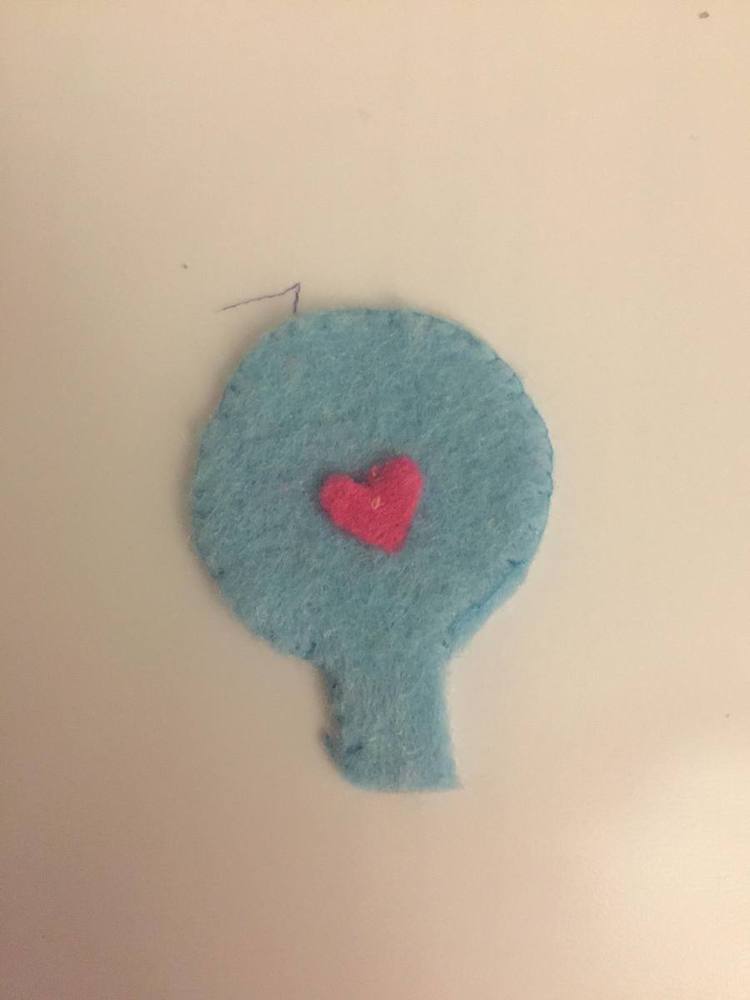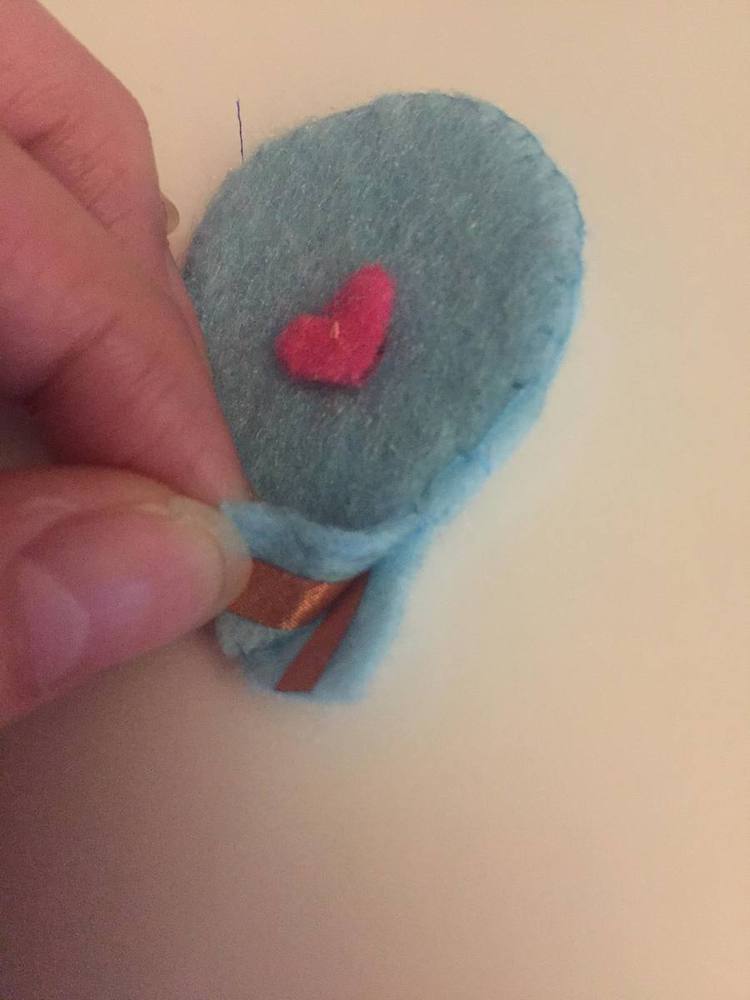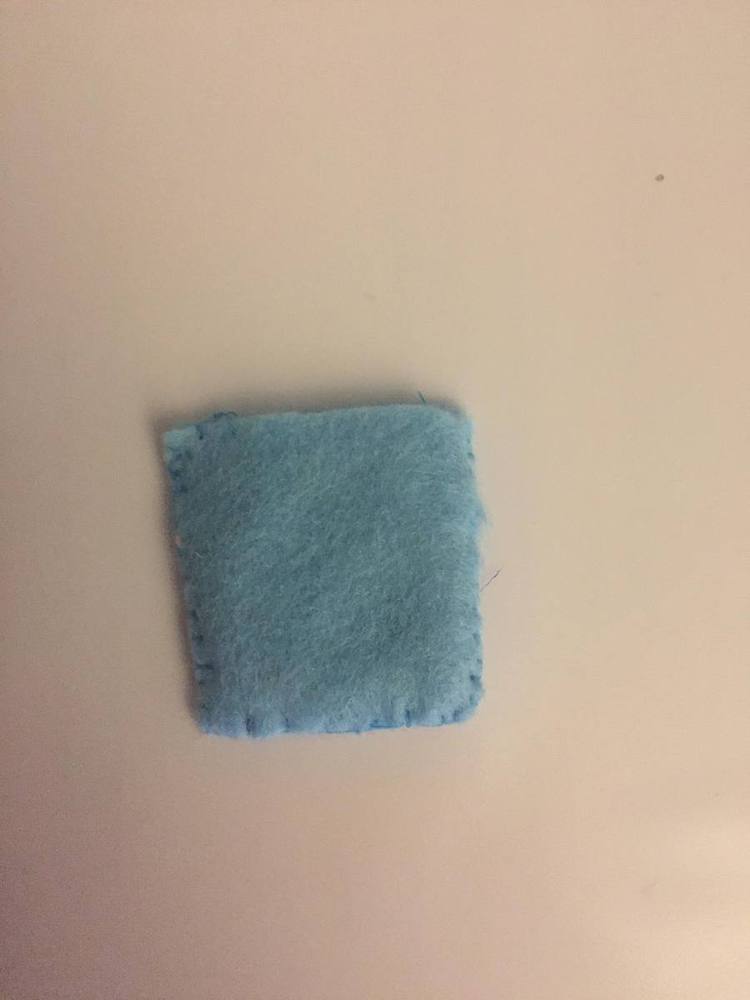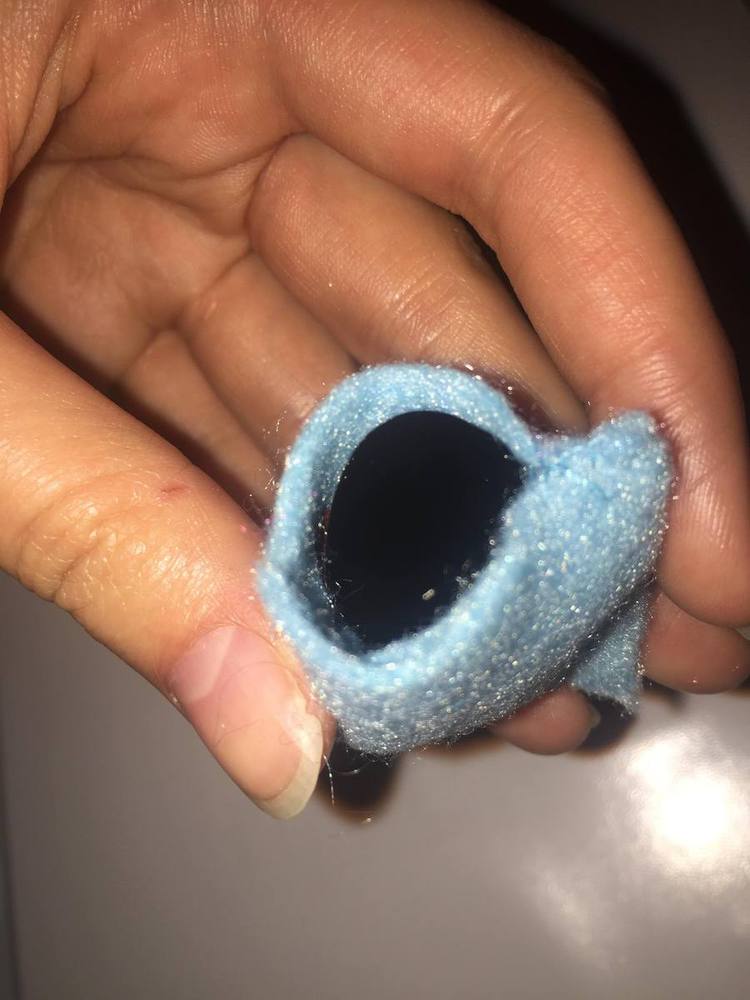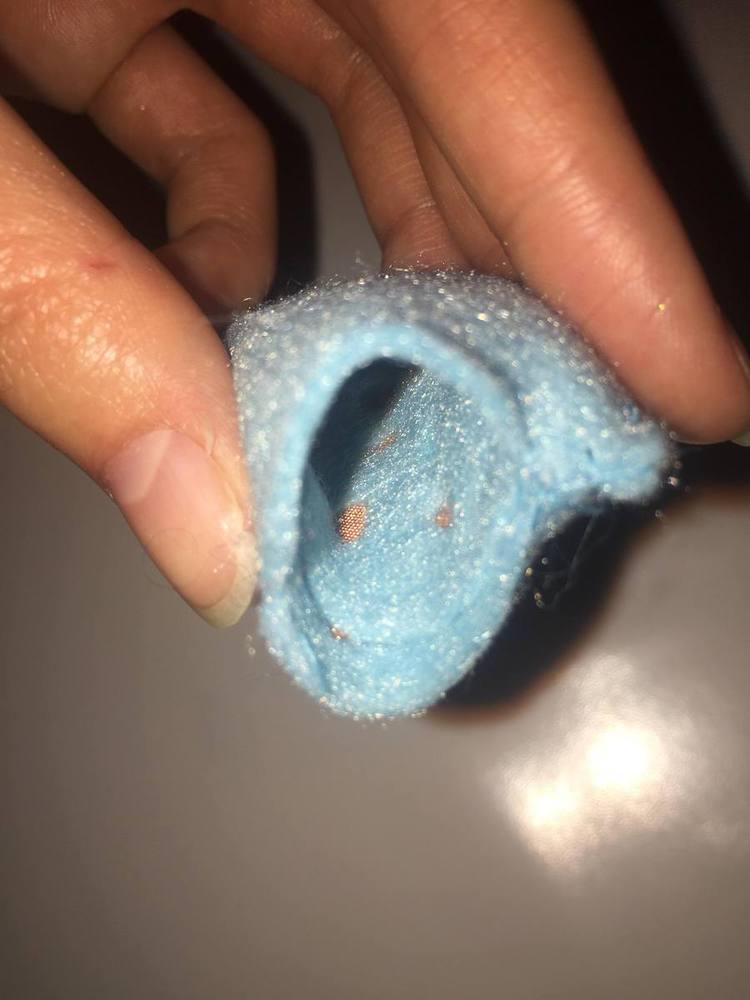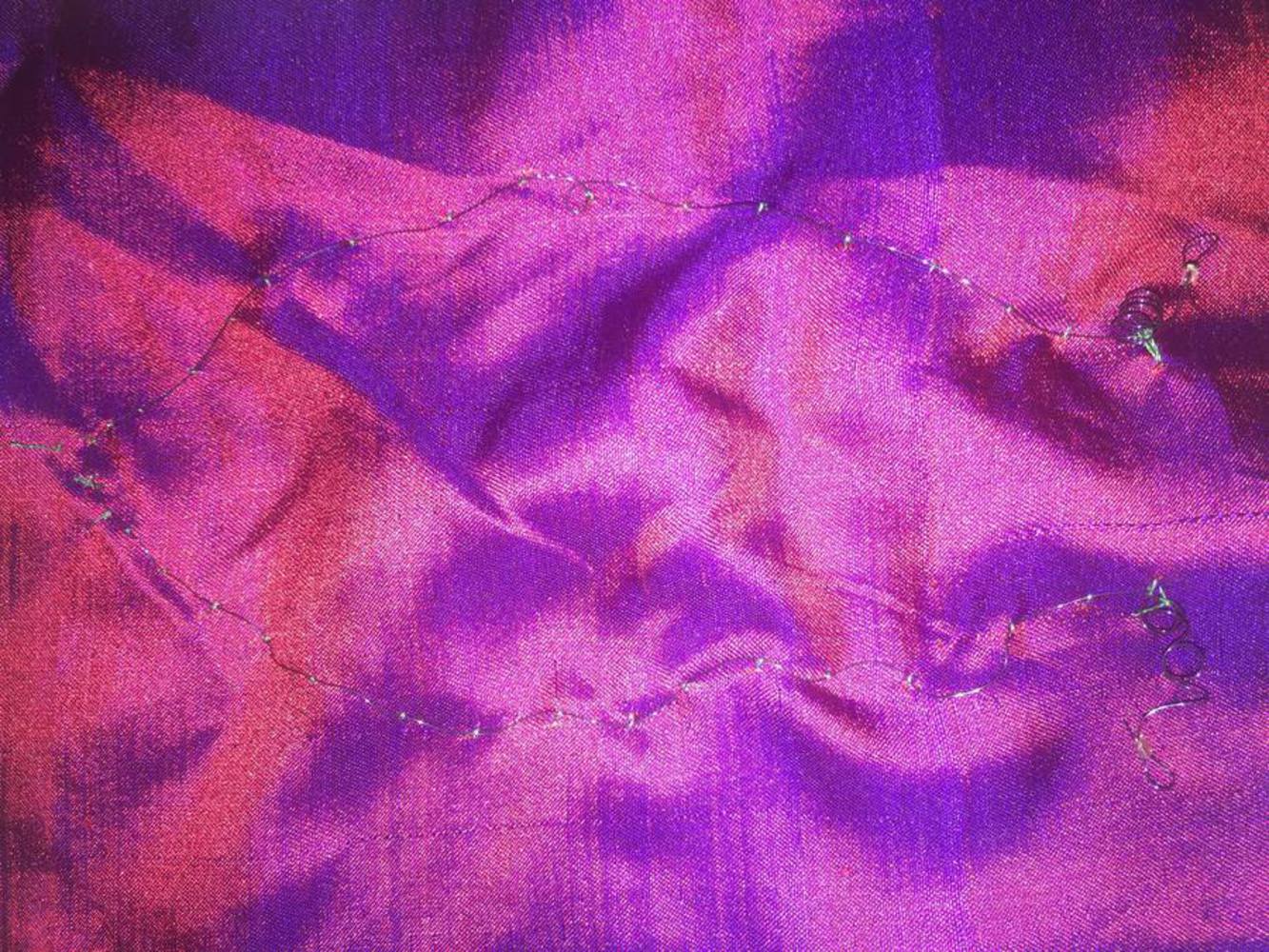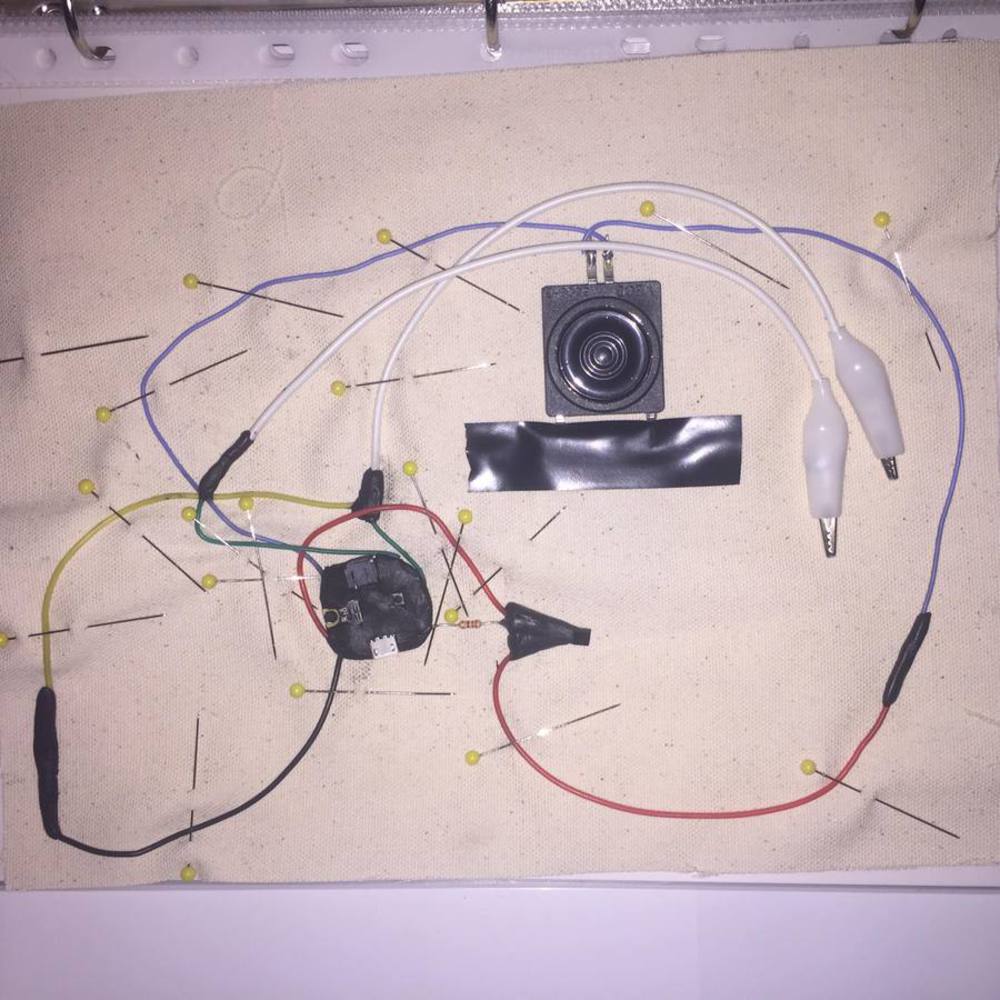Intention
Tightly curling hair is very time consuming and may last only a couple of days for some, while weeks too long for others who opt for more expensive, semipermanent styling options such as perms or curled faux locs (a temporary hair attachment to the base of a persons natural hair) and end up wanting a straight style prior to the end of their hairstyles lifetime. I want to provide people with the flexibility to transition between straight and curled styles in a matter of minutes.
